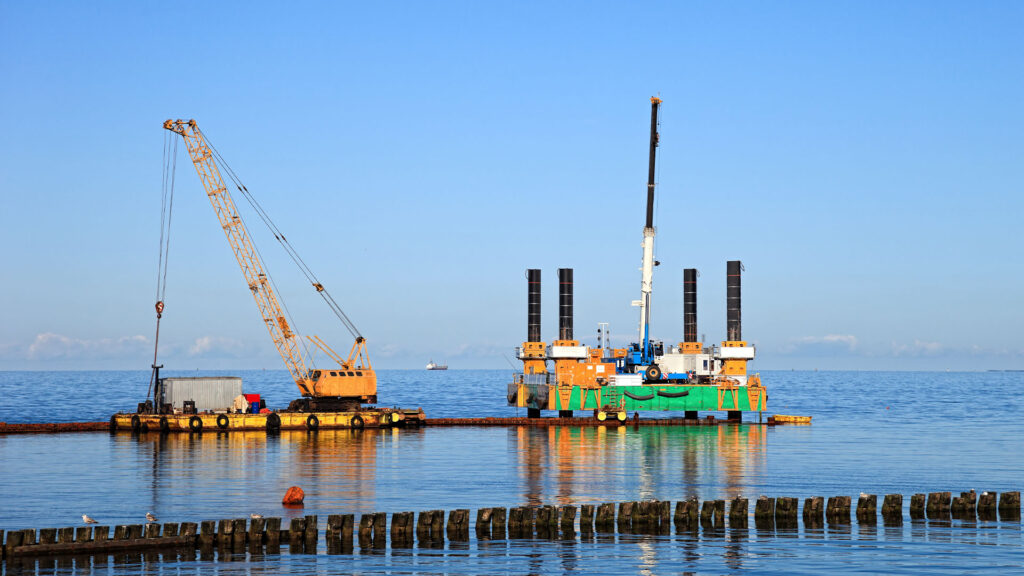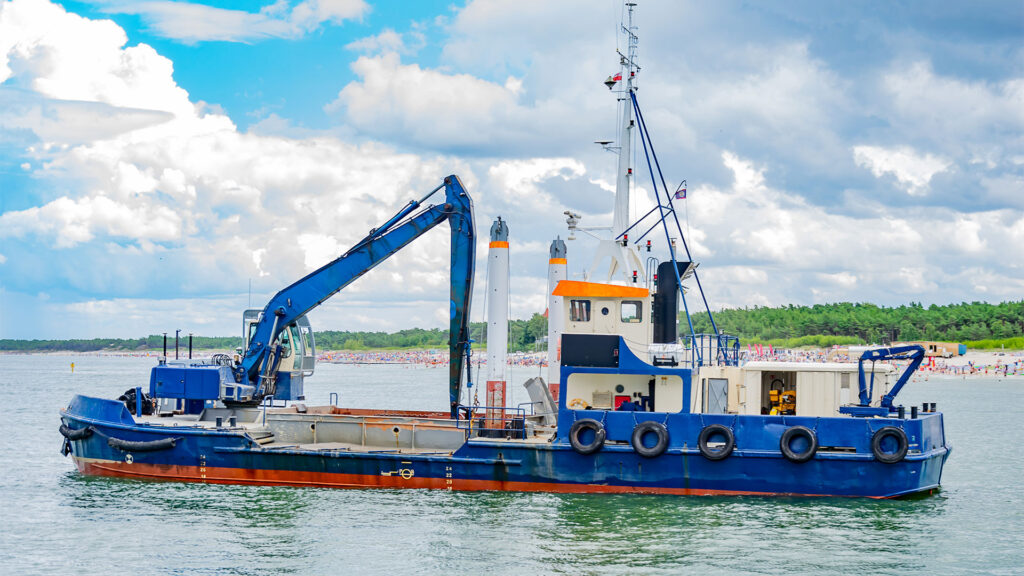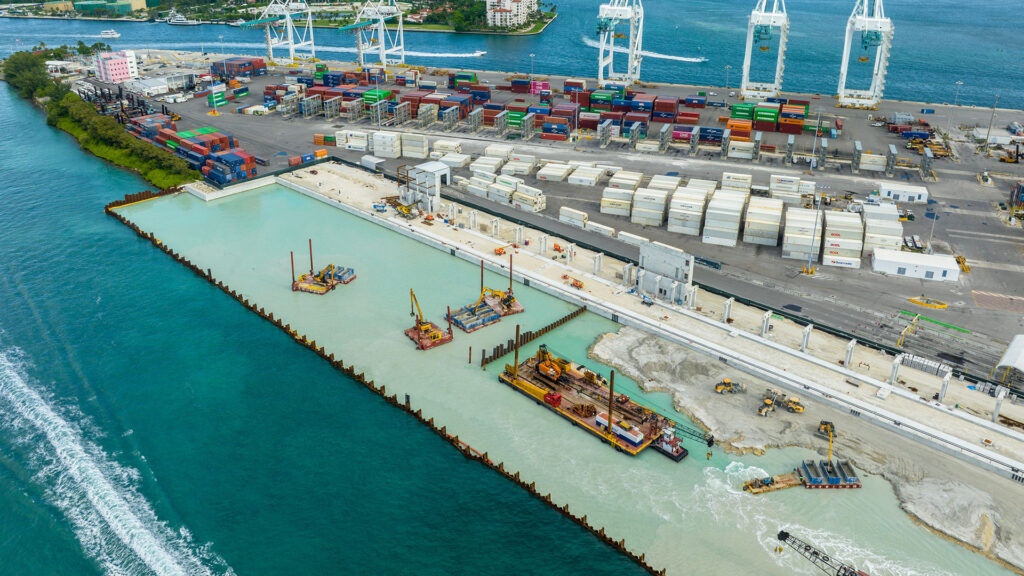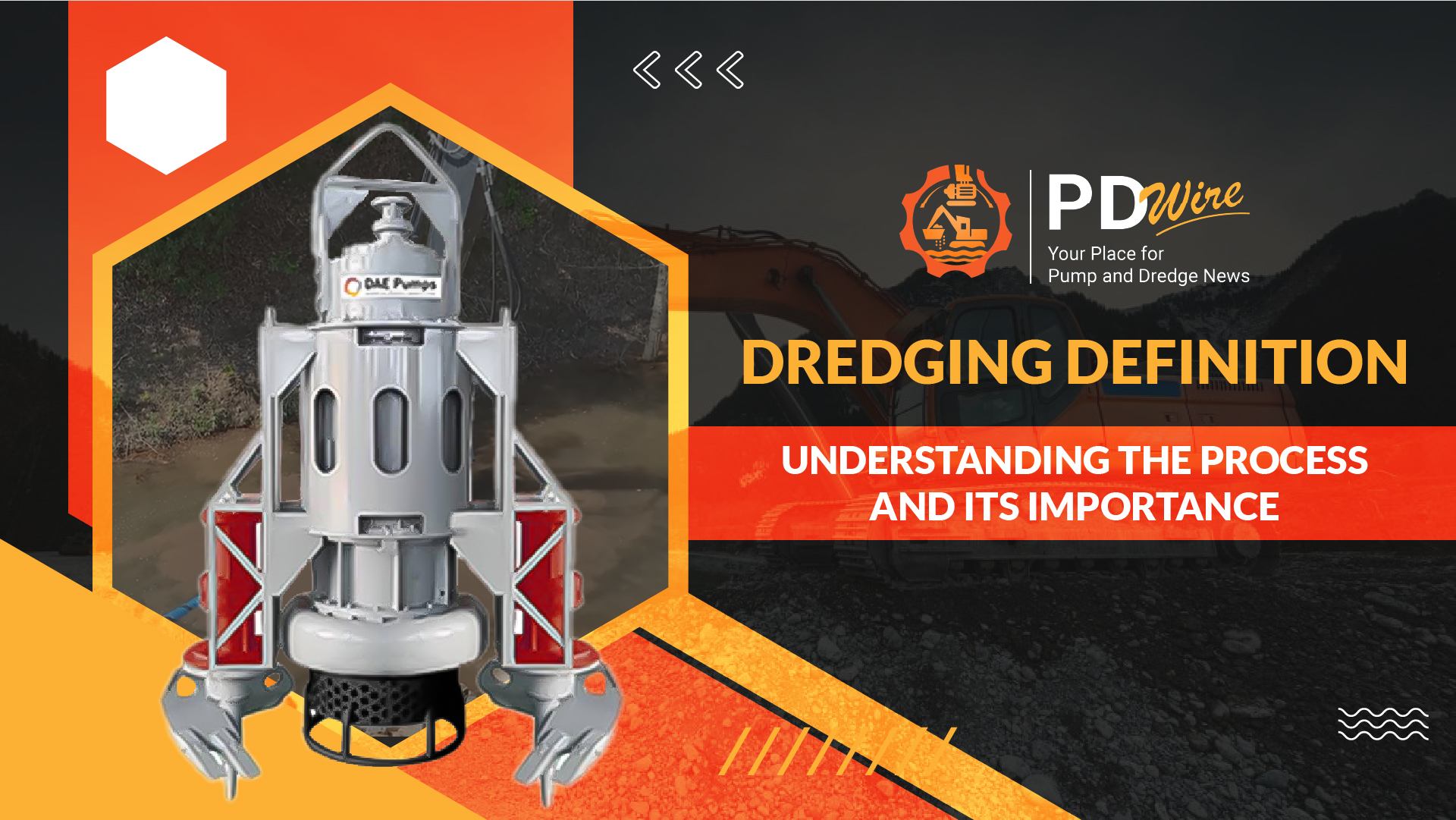What is Dredging?
Dredging is a crucial activity in maintaining the world’s waterways and ensuring that ports, harbors, and channels remain navigable. But what exactly is dredging, and why is it so important? This article delves into the dredging definition, its historical evolution, the various types, and the equipment used. We will also explore its economic, environmental, and societal impacts, along with the challenges and mitigation practices involved in modern dredging projects.

To understand what is dredging, it is important to know that it refers to the process of excavating and removing sediments, debris, and other materials from the bottom of water bodies such as rivers, lakes, harbors, and oceans. The dredging definition is typically conducted to maintain or deepen channels for maritime traffic, manage sediment accumulation, or reclaim land.
Dredging plays a significant role across various industries, including shipping, construction, and environmental management. By keeping waterways clear, dredging facilitates the smooth passage of vessels, supports infrastructure development, and contributes to ecological restoration efforts, making it an essential process worldwide.
The History of Dredging

The history of dredging dates back thousands of years. Ancient civilizations, such as the Egyptians, developed basic dredging techniques to manage river silt and ensure the navigability of the Nile. Early methods relied on manual labor and rudimentary tools, but over time, technology evolved, and the dredging definition expanded to include more advanced techniques.
In the 19th century, mechanical dredgers, like steam-powered bucket dredgers, revolutionized the industry by making large-scale projects more feasible. According to the dredging definition, these early innovations laid the foundation for modern advancements in dredging technology. Today, hydraulic cutter suction dredgers (CSDs) and automated systems allow for more efficient and precise dredging operations, significantly improving speed, accuracy, and environmental safety.
The Dredging Process Explained
Understanding the dredging process is key to fully grasping the dredging definition. Dredging involves several essential steps, each critical to the success of the project. Below is a breakdown of the typical process:
Initial Site Assessment and Planning
Before any dredging project begins, a thorough site assessment is conducted to evaluate the condition of the water body, the type of sediments, and the environmental impact. This helps create a detailed plan for the dredging process.
Equipment Selection
According to the dredging definition, the type of equipment used depends on the specific needs of the project, including factors like sediment type, depth, and the required precision. Selecting the right machinery is crucial for ensuring optimal efficiency and successful project outcomes.
Sediment Removal Methods
Dredging can be performed using mechanical or hydraulic methods. Mechanical dredgers, such as bucket dredgers, physically scoop up sediment, while hydraulic dredgers, like CSDs, use water jets to loosen and suck up sediment.
Transportation and Disposal of Dredged Materials
Once the sediment is removed, it is transported via pipelines or barges to designated disposal sites or reused in land reclamation or construction projects.
Common Challenges
Dredging projects can face challenges such as equipment breakdown, sediment handling difficulties, and environmental concerns. Addressing these issues requires careful planning and technological support.
Types of Dredging
Dredging can be categorized into various types, each serving different purposes. Below are some of the main types of dredging defined:
Capital Dredging
Capital dredging refers to the creation of new waterways or the deepening of existing channels. It is often carried out to accommodate larger vessels in ports and harbors or to open up new trade routes. A notable example is the expansion of the Suez Canal.
Maintenance Dredging
Maintenance dredging removes accumulated sediment to ensure that existing waterways remain navigable. Regular maintenance is essential for the continuous operation of ports and harbors.
Environmental Dredging
Environmental dredging, according to the dredging definition, is primarily used to remove contaminated sediments that pose risks to water quality and aquatic life. The focus here is on minimizing environmental damage while safely disposing of hazardous materials, ensuring that this process aligns with the broader dredging definition and its critical ecological applications.
Reclamation Dredging
Reclamation dredging involves removing sediments to create new land. This process has been widely used in coastal cities like Dubai, where land reclamation projects, such as Palm Jumeirah, have transformed the landscape.
Dredging Equipment
Dredging operations, as dredging defined, rely on specialized equipment tailored to meet various project requirements. Below are some examples of the equipment used in this process:
Cutter Suction Dredgers (CSD)
CSDs are widely used for large-scale dredging projects. These dredgers use a rotating cutter head to break up sediment, which is then sucked up through a pipeline.
Trailing Suction Hopper Dredgers (TSHD)
TSHDs are versatile and self-contained, allowing them to dredge and transport materials over long distances. They are ideal for maintenance dredging.
Backhoe Dredgers
Backhoe dredgers are used in confined spaces or areas where precise digging is needed. They operate much like land-based excavators but are mounted on floating platforms.
Bucket Dredgers
Bucket dredgers use mechanical buckets to scoop up sediments. Although less common today, they are still useful for certain types of dredging tasks.
Choosing the Right Equipment
The choice of equipment depends on factors such as the type of sediment (sand, clay, or silt), the size of the project, and the location of the water body.
The Importance of Dredging

Dredging plays a vital role in several areas. Understanding the dredging definition helps highlight its importance across industries.
Economic Impact
Dredging is essential for maintaining international shipping lanes, which facilitates global trade. Ports and harbors rely on regular dredging to accommodate larger vessels, boosting their operational capacity.
Environmental Significance
Dredging can have environmental benefits, such as preventing flooding by clearing blocked waterways and removing harmful sediments. Additionally, responsible dredging practices help restore aquatic ecosystems.
Societal Benefits
Beyond its economic and environmental roles, dredging contributes to societal development by creating new land for urban expansion, protecting coastlines from erosion, and ensuring the availability of offshore resources like oil and gas.
Environmental Concerns and Mitigation in Dredging
While dredging, as dredging defined, offers numerous benefits, it can also present environmental challenges:
Potential Environmental Impacts
Dredging can disrupt marine ecosystems by disturbing sediments, affecting water quality, and endangering aquatic life. Improper disposal of dredged material can lead to environmental degradation.
Best Practices in Environmental Dredging
Eco-friendly dredging techniques are now being employed to minimize environmental impact. These include using silt curtains to contain sediment plumes, monitoring water quality throughout the process, and conducting operations in a way that reduces disruption to local wildlife.
Case Studies of Dredging Projects
Dredging has been integral to the success of many large-scale projects around the world. For instance, the Port of Rotterdam’s expansion relied heavily on dredging to deepen its channels and accommodate the world’s largest ships. Another example is the dredging of the Mississippi River, which helped prevent major flooding by improving water flow.
Conclusion
What is dredging? It is a vital process that supports global trade, environmental management, and societal development. Its significance spans multiple industries, and with advancements in technology and best practices, dredging continues to evolve to address the challenges of modern infrastructure and environmental needs. The future of dredging lies in balancing efficiency with sustainability, ensuring it remains a critical tool in driving both economic growth and ecological progress.
By fully understanding the dredging definition and how it applies to various sectors, we can better appreciate its role in shaping the world’s waterways and landforms.
